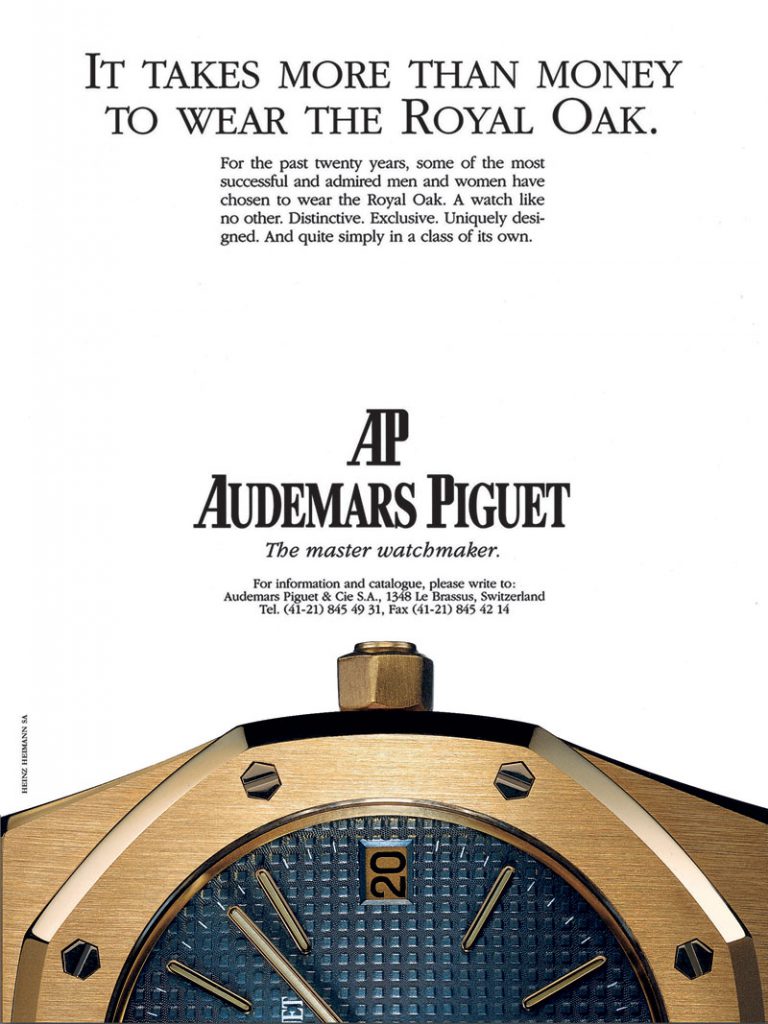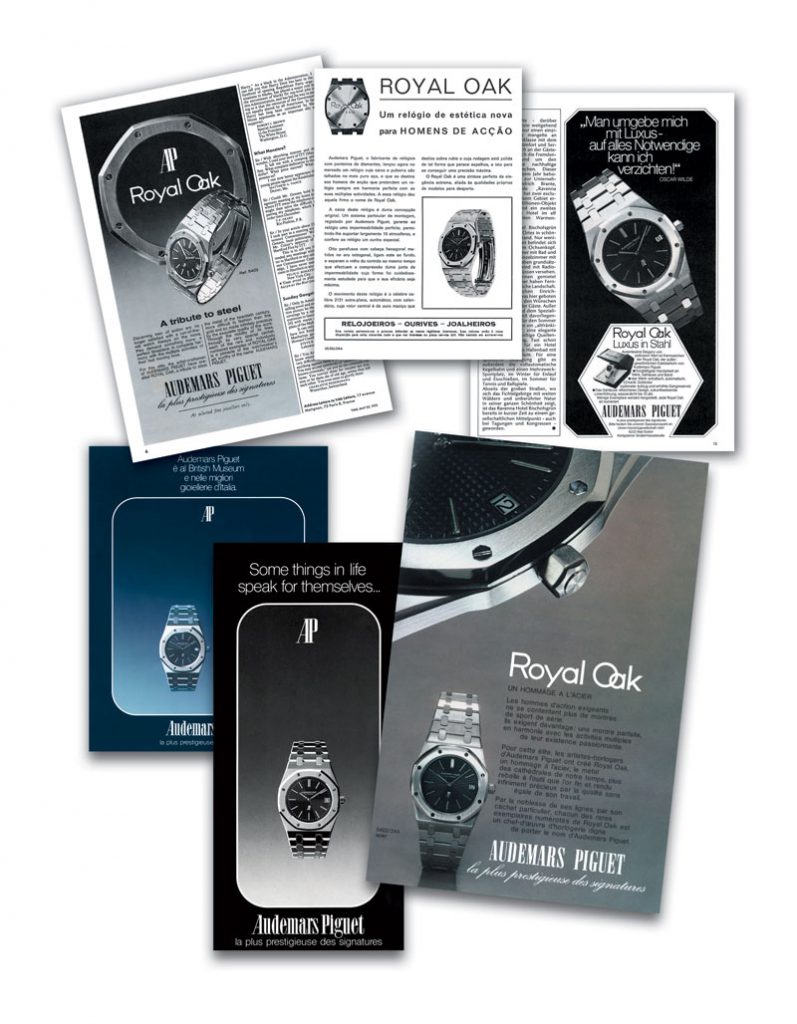By Harlan Chapman-Green
Harlan here checking in on a gloriously hot summer’s day in the United Kingdom. After just coming back from lunch on the beach to write this I feel I’m simply too exhausted to face the rays again just yet so I’ve come indoors to talk a bit about an icon in the watch industry. I don’t have time to name what I feel are the other nine turning points in the industry (maybe we can save it for another time?) but we all know perhaps the most important watch of the seventies was the Royal Oak by Audemars Piguet. Now as with all the brief history articles I write here I should point out that the name means a slightly concise explanation is what you’ll find here. We’ll still cover all the important facts and stories behind the watch, but alas I have no more information to give about this watch, I’m just presenting it in an easy way to understand and read on the fly.

Original 1972 Royal Oak ref. 5402
Let’s start with a general look at the watch industry as a whole from the mid-sixties right up to 1972, the launch year of the Royal Oak. In the late sixties, mass market quartz watches burst on the scene from the likes of Seiko and other companies. Compared to the Swiss industry at the time battery-powered watches were far superior timepieces offering superb accuracy and better value for money than the mechanical alternatives. Naturally, the best deal will attract the most customers and so lots of people abandoned their mechanical watches in favour of quartz ones, leading to the downfall of many Swiss companies that simply couldn’t compete.


Vintage advertising campaigns of the Royal Oak
One of those companies that was in serious danger at the time was Audemars Piguet. They basically had nothing they could offer that would attract the rich to their pieces, so they conducted market research. In 1971 they’d heard back from the Italian market about the possibility of using steel as a metal of choice. This seemed absurd at the time as fine timepieces were made of precious metals while tool watches such as Rolex and Omega made steel watches for the working class. On the eve of the 1971 Swiss Watch Show with not many alternatives left Georges Golay, the managing director of Audemars met with legendary watch designer Gerald Genta who had previously had success on watches such as Patek’s Golden Ellipse and the Omega Constellation. The brief was very simple, the Italians expected a new sports watch which could be used for all occasions and had simply the best finish ever seen, the problem was the design had to be completed for the following morning.

Royal Oak Day/Date Moonphase – 1984
The design was completed on time as expected and went on to be described by Genta himself as the “masterpiece of his career”. The original piece looks pretty similar to today’s version with an octagonal bezel said to be inspired by a diver’s helmet with visible gaskets and a petit tapisserie dial design. At the time the proportions of the watch were pretty drastic, the original watch was 39mm in diameter, something previously unheard of. However, it was slim at just 7mm thick with an integrated bracelet that was super intricate and tapered off towards the clasp. The very first watches couldn’t be made from steel as hoped due to Genta’s very intricate designs demanding high-tech machinery that proved too expensive for Audemars to acquire, so they were made from the more malleable white gold to start off with instead. The first calibre was Jaeger-LeCoultre derived project funded by the holy trinity of watchmakers which resulted in the reference 2120, an exquisitely finished automatic winding movement and the direct ancestor to the current reference in the Royal Oak, the 15202.

Royal Oak Equation of Time – 2010
The name of the watch, Royal Oak, was inspired by a group of 8 vessels in the Royal Navy which in turn took their name from a hollowed out Oak Tree which hid inside to escape Parliamentary supporters during the English Civil War (which is where the 8 sides of the bezel come from).

Royal Oak Dual Time

Royal Oak Jumbo – 2012
When released in 1972 the Royal Oak was a hit, the first watch to make stainless steel a luxury metal rather than simply a working class thing. The first batch of 1000 watches with the new 5402 reference is known as the A-Series and is highly sought after by collectors, on that watch the AP symbol is above 6 O’clock rather than below 12 O’clock. Several complications have been added to the Royal Oak over the years including an ultra-thin perpetual calendar, a chronograph, tourbillons and even the Equation of Time. Eventually to celebrate the 20th anniversary of the Royal Oak the bigger, badder, meaner Royal Oak Offshore arrived, and we all know how well that’s doing at the moment. It’s safe to say this horological legend has a lot of beats left in it before it needs a service. For more info, please visit audemarspiguet.com



